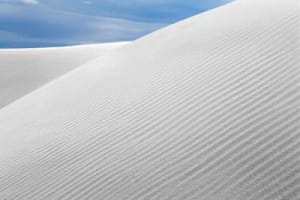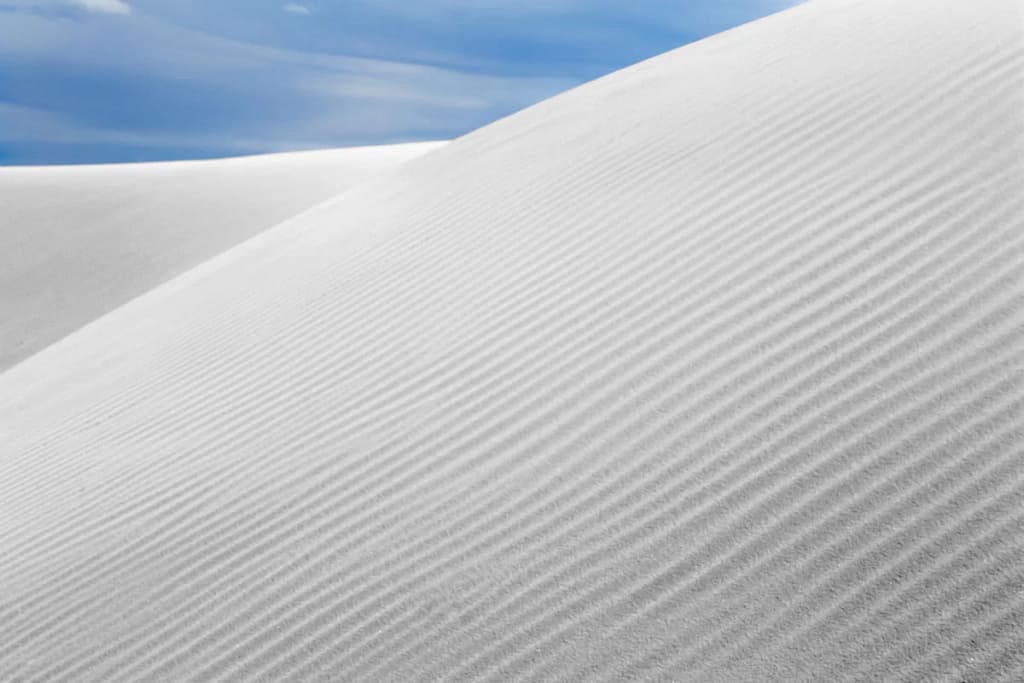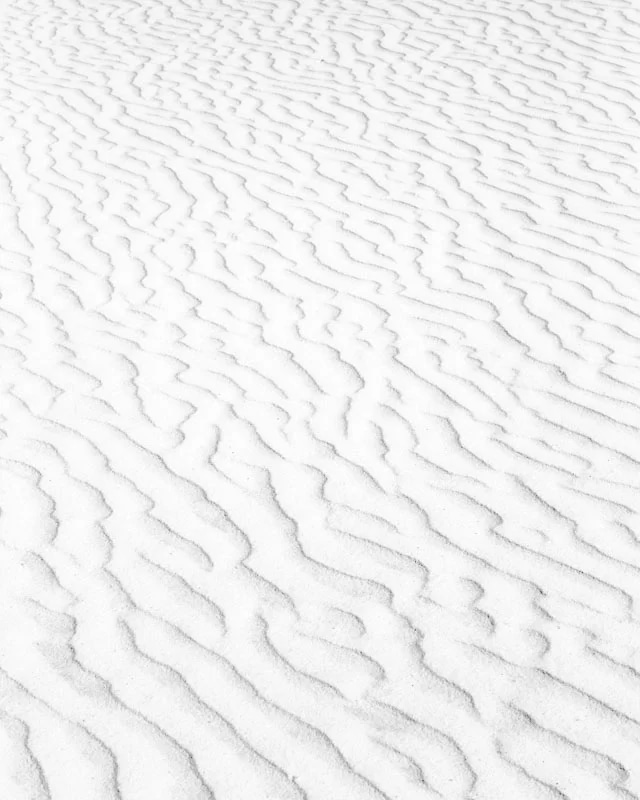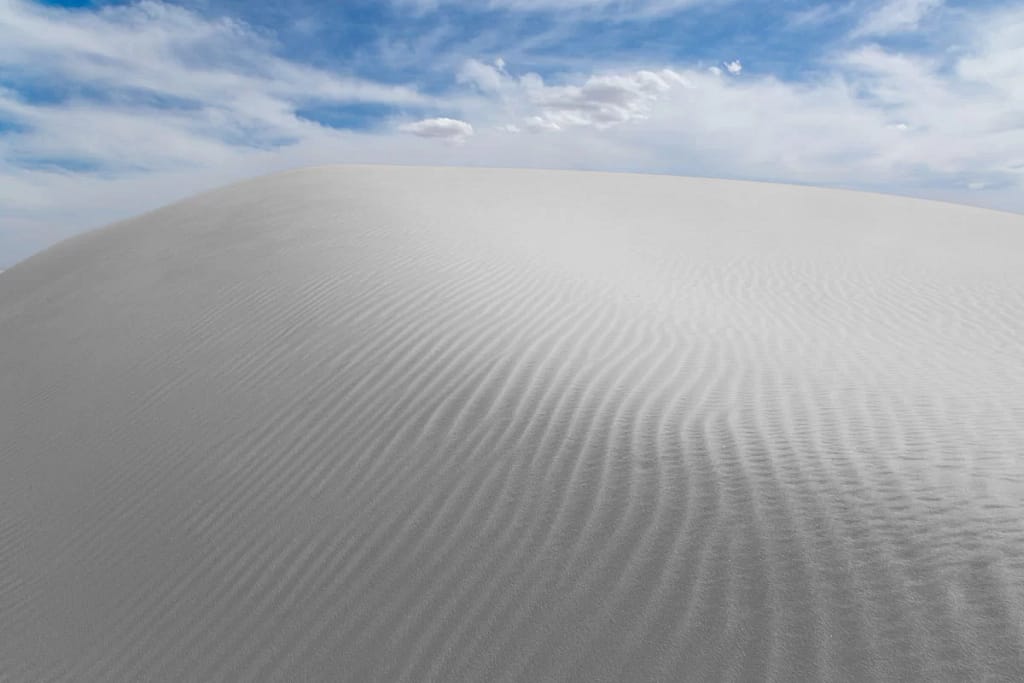White Sands And Learning You Don’t Need Ideal Conditions
White Sands National Park is a truly amazing place. The Tularosa Basin in southern New Mexico is home to the world’s largest gypsum dunefield. It covers about 275 square miles. More than half of this is preserved in White Sands NP.
Imagine dunes of pure white sand as far as the eye can see. It’s a photographer’s dream. The curves of the dunes and ripples in the sand all set against the wonderful New Mexico sky make for landscape photography magic. The dunes have the potential for grand landscape scenes as well as smaller, more detailed shots. In addition, since the wind is constantly rearranging the dunes, every shot is unique.
Our Visit
Unfortunately, our visit to White Sands had to be just a quick side trip on our way to California to visit our daughter. As a result I only had about an hour to spend exploring the dunes. Since photography wasn’t the main purpose of the trip, the amount of time I could spend on it and the choice of times was limited. I had to work within whatever timeframes and time of day I could squeeze into the schedule. As a result, I had to work with the light as it was and couldn’t schedule “good light” opportunities.
Early morning or late afternoon light would have been ideal as the low angle would make for nice shadow lines in the curves and ripples. However, I was there at 2 o’clock in the afternoon, about 5 and a half hours until sunset. Definitely not a low angle light situation! The sun was high and with the reflection off of the white sand it was all blindingly bright with little contrast on the sand.
I could see some shadow detail but just barely. I wasn’t sure I’d be able to get enough contrast to make a decent image. As a result, I decided to expose to the right to maximize the data I had to work with. However, to play it safe I also underexposed a bit to make sure I didn’t blow the highlights. It made for a very narrow histogram. Shown below is a before (as the scene appeared) and after comparison.
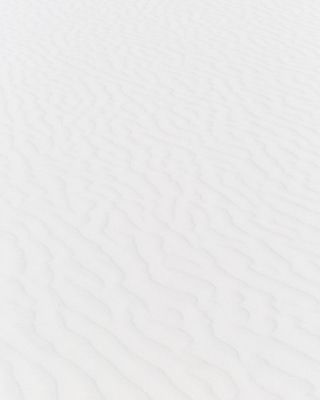
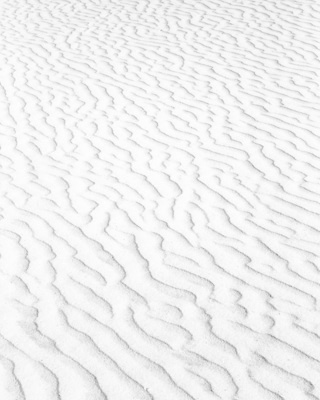
To be honest, the images required some extensive work to pull out the details and contrasts in the sand. A lot of tweaking of levels and curves in Photoshop along with a few other tricks. In the end I’m happy with the result.
The Takeaway
There are two takeaways I learned from this experience.
- Don’t wait for perfect conditions. Sometimes your options are limited so take what the situation gives you and figure a way to make something good from it. The struggle can make the result all that much more enjoyable.
- Not that I needed it but this reinforced the importance of always shooting RAW. While JPEGs can be less to deal with they also significantly limit your options to get the most out of your images.
The Photos
With only an hour in the park I didn’t get a lot of shots to work with but I did get 3 that I’m very happy with. Take a look and let me know what you think.
Leave A Comment And Share
What’s been your experience with shooting in less than ideal conditions? I’d love to hear your comments and feedback. Please leave a comment in the comment box below.


